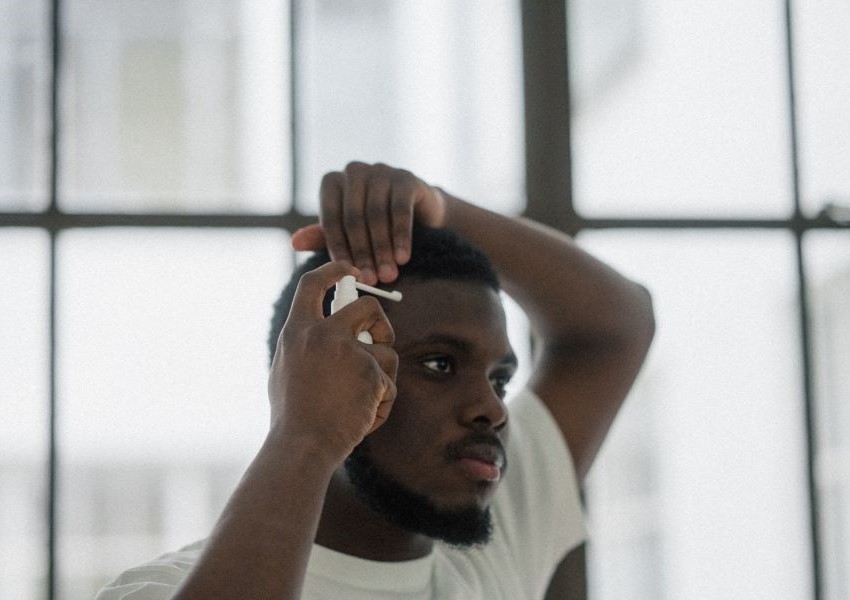

Minoxidil is considered one of the go-to medications when it comes to male pattern hair loss, with men in every corner of the country being prescribed this form of treatment.
However, some of you might wonder whether it works universally. Let’s look at whether everybody will see the positive effects of the treatment and why this might not be the case.
Statistics show that 80% of men who use Topical Minoxidil will see positive effects to combat their hair loss symptoms. This manifests itself as a slowed rate of hair loss or having hair loss halted altogether.
However, this means that 2 out of every 10 men might not see changes to their hair. The reason for this isn’t always clear, but one of the reasons could be an underlying health condition that you should get checked medically. It’s probably nothing, but there’s no harm in speaking to your doctor to make sure that everything is fine.
Minoxidil won’t work if your hair loss is brought on because of an illness or treatment targeting an illness, so you’d need a different type of care.
Stress can also be a factor in hair loss. If you are experiencing high levels of stress and can’t get it under control, this could hamper how well Minoxidil works for you. Calming techniques and plenty of exercise work wonders to get your stress quelled and you’ll hopefully see the positive effects of this in your hair.
As soon as your stress levels decrease, Minoxidil should begin to work well as intended.
Minoxidil may be suitable for you if you score around 2 or 3 on the Norwood Scale, which ranks the severity of hair loss, which needs to be used consistently daily to be beneficial. It is available as both a topical spray and an oral capsule. The topical spray is licensed by the HPRA for the treatment of male pattern baldness, where as the oral capsule is available as an off-label, prescription medication.
Minoxidil is thought to improve blood flow and oxygen levels to your scalp’s blood vessels, which will widen the hair follicles so that thicker strands can grow. However, if it’s determined that this isn’t the reason you are losing hair, Minoxidil might not work as you’d hope. Furthermore, consistency is crucial in hair loss treatment – the treatment must be used as directed for maximum efficacy. You may not see the results expected if you are inconsistent with application.
Minoxidil can be used in combination with Finasteride, which has been shown to be effective in 94% of men when used in combination. If you are not seeing the results you hoped for with Minoxidil by itself, you could consider adding Finasteride to your hair care plan.
If Minoxidil works for you, the very first signs of improvement could be noticeable after 3 months. If your hair is shedding more than usual during this time, you shouldn’t be deterred – this is a common side effect in those using Minoxidil for the first time. Then, at 6 months, more significant changes should be apparent. After consistent use for 9-12 months, the full effects of the treatment should be evident.
If you are unsure which is the best treatment for you, take our free consultation for personalised recommendations.
All of our blog articles are reviewed for medical accuracy by our Medical Director before publication.
Posted in: All, Hair loss, Minoxidil Journal